Is it a good thing if customers need support or is this a problem? The need for support is inevitable and communicating with your customers is always a good thing. What distinguishes support as good or bad is based on how you respond and what you learn from each customer interaction.
Support Demand
Support demand is a function of three factors, the quality of the product; the knowledge and expertise of the user; and the availability of support. Products that are released to the market with defects will result in higher instances of support for each unit sold. Customers that do not have the proper skill set to use a product are more likely to need assistance. These two factors alone, however, will not necessarily create support demand. Support demand is intimately tied to support availability.
How Support Supply Drives Demand
If customers can freely access support, with few if any accessibility issues, requests for support will be higher. If support is fee based, or is difficult to access (long hold times, slow responsiveness, etc.) then requests for support will be lower.
It is important to note that the demand for support and the request for support may not be synonymous. There may be a significant demand for support created by one or more of the factors noted above yet support accessibility may limit the actual number of support requests. The rate by which support demand translates into support requests will vary by the urgency of the customer’s need and the availability and accessibility of support assistance.
Support Demand: Problem or Opportunity?
Is it a good thing if customers need support or is this a problem? The need for support is inevitable and communicating with your customers is always a good thing. What distinguishes support as good or bad is based on how you respond and what you learn from each customer interaction. If a customer needs help and you do not respond – this is bad. If all your customers need help, this will drive up costs and erode margins – this is bad. When a customer has a problem and you address their needs – this is good. It gets even better if you can leverage a customer interaction to enhance your products and identify opportunities to strengthen the relationship with eh customer and find ways to expand the relationship.
Maximizing the Benefits of Support Delivery
Each support transaction has an associated cost and potential benefit. Support must be able to maximize the benefit of each support interaction. The net benefits from support delivery must be equal to or greater than the cost of providing this support. The value of these benefits is often difficult to assign a set dollar value to and will probably not convince the CFO to increase support funding. Nevertheless it is important to assure that support strategies are designed to maximize and measure the benefits of support delivery.
Recommendations
- Build awareness across the company that each support interaction is an opportunity to strengthen a relationship with a customer and provides a “touch-point” to help sustain existing customer relationships.
- View support transactions as a chance to build or reinforce your reputation for backing your products with accessible and effective services.
- Use customer interactions as a means to monitoring customers’ level of product use and adoption.
- Leverage each support interaction to enhance the product by fixing defects, enhancing usability, increasing performance or adding new capabilities.




